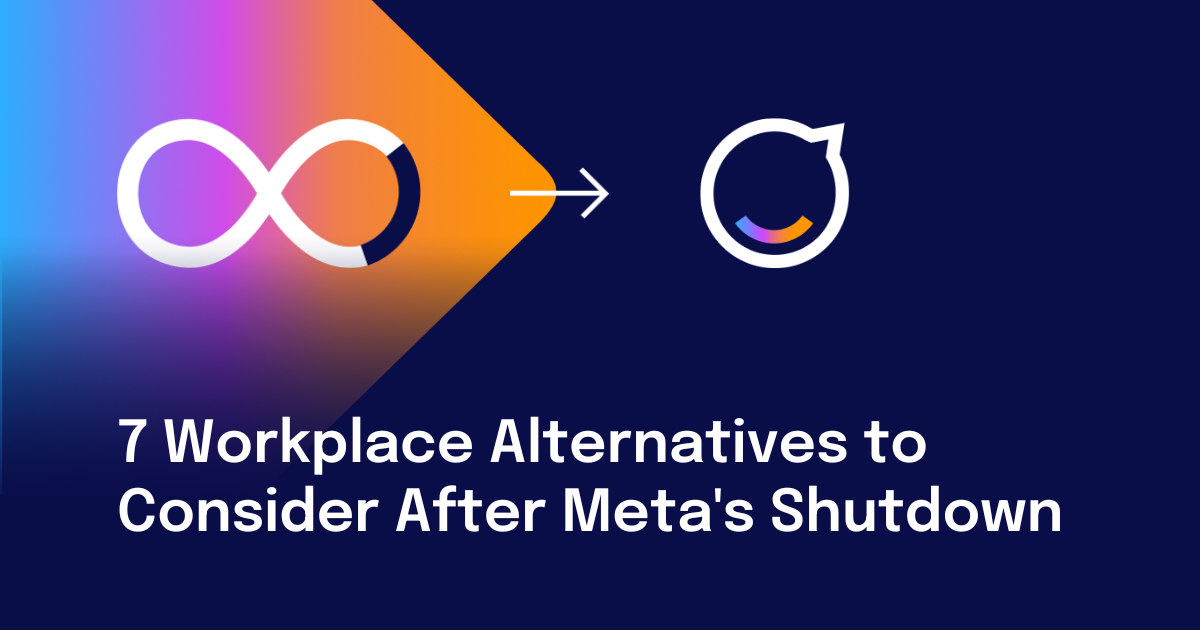Strategic communication professionals know that whether you have a limited or unlimited budget, a small team or a large department, it’s always smart to get as much mileage as possible out of the employee communication tools, channels, content, and resources already at your disposal.

We joined with Victoria Dew, SCMP, International Vice Chair of the International Association of Business Communicators and founder of Dewpoint Communications, to learn about some of her magical and most-requested insights into making an internal communications impact in the workplace.
Victoria Dew’s top 3 insights into making an internal communications impact in the workplace:
- Learn to better manage your employee communication tools to be more effective and efficient.
- Find out how to solve actual business challenges to impress your executive team.
- Get ideas to escape the endless demand of “more communication” tasks.
It’s not about doing ‘more with less,’ but doing ‘more with what you’ve got’ to move the needle in your business.”
Victoria Dew, SCMP
First, let’s talk about bedazzling. Bedazzling is how to put a little more magic into everything you do, how to have more fun doing it, and more importantly, how to really make an impact on your business. Communication professionals often get bogged down in tactics and deliverables. That makes it easy to forget that your job is an integral part of business strategy.

Let’s get away from looking and feeling like this picture in our role as communication professionals.
How does our magic castle of internal communications look?
Victoria suggests that we might ask ourselves, What is it that we want? What’s our why? How does our magic castle of internal communications look?
Communicators often help employees answer these questions without answering them for themselves. She urges communicators to ask themselves how what they do every day in their role helps them achieve their big-picture goals as individuals and as a company.
Victoria says that the magic castle of communication often seems distant. To get there, she says that communication professionals might need to work with the resources they already have, bedazzling what they’ve got. This means taking a look at their employee communication tools to assess current resources and finding room for improvement.

“Businesses are full of content that needs to be bedazzled,” says Dew. “Some of the time, with corporate messaging, one of the challenges can be that it’s hard to see how communicating things that seem sort of dry could actually help tell a story about a larger, strategic picture.”
Here are 8 resources that might help communication professionals create magical internal comms in the workplace:
- Engagement surveys offer an opportunity to be creative and to get employees to respond in new and innovative ways – while also creating a buzz about ongoing projects and initiatives.
- HR communications such as new hire announcements, current employee spotlights, and recruitment campaigns offer communicators the chance to partner with HR to creatively improve employee morale and make a positive impact on work culture.
- Benefits communications allow comms pros to speak to employee rewards and incentives, things that all workers like. These types of communications also invite the retelling of a corporate brand story.
- Employee thought leadership is an example of a resource that’s often overlooked for content curation. When colleagues speak at events or attend professional conferences, their experiences can be shared in many ways via interview, visuals, and Q&A articles.
- Customer success stories are often associated with external communication or marketing, and these can be repurposed, along with media coverage to share internally, creating a way for employees to see all of the good they’re are doing to drive business.
- Local employee stories that speak to a global company initiative are often overlooked. But they can resonate beyond borders to make connections between dispersed workers.
- Use outside social media to co-create content with colleagues. Employees share content in creative ways, and often, those stories can be distributed via internal channels.
- IT announcements are typically dense and need a breakdown for optimal translation and conversion. But these comms can be audience-centric, informative, and impactful if communicators get creative.
What should all internal communication messages include to make an impact?
Comms must be:
- light-hearted and people centric
- highly visual with video when possible
- colloquial, jargon-free, and informal
- clear in their call-to-action
- brief in their message, no scrolling emails
See How You Can Make Magical Internal Comms Today
Part of our job as communicators is to really be tuned in to what is going to work best for our audiences, because we know we have multiple audiences with different needs in the organization and the more we can mirror the things employees experience in real life, the better off everyone will be.”
Victoria Dew, SCMP
According to Dew, communication professionals need a little bit of magic to take content that already exists to find creative ways to reuse and repurpose it to tell stories that help companies succeed. She also says that creativity is a muscle that builds over time by putting yourself in the shoes of your employees to see what they are seeing while creating context with existing company culture.
Dew explains the concept of “BLUR” for how to approach communication while combining the lines between work and life to be more effective.
B. L. U. R.
B – Believe. Good communicators and employers want their employees to truly believe that their company sees them as people and not just as employees, because they do.
L – Learn. Communication helps workers learn in new and different ways to “short-circuit the tendency to just tune out corporate messaging.”
U – Understand. Comms pros help employees understand the nuances, the call-to-action, and the context of the communication.
R – Reflect. This is an end goal of communicators who want employees to listen and spend time on how information affects them and could help them do something differently.
3 simple but excellent employee communication tools
- Word Swag is a free tool that Victoria uses to create quick images for social media via an app on her phone that she says is super easy to use.
- Canva is a resource with a whole range of templates and images available for an individual or a team (some our images here are examples from Canva).
- Creative Commons, Pixabay, and Stocksy are great sites for images with minimal fees and some are free.
Read more about employee communication best practices:
- 7 Reasons Why Internal Communications Is Important for Success
- Internal Communication: You Need to Plan a Better Strategy
- Internal communications Software: What’s Best?
- Employee Communication Apps: 10 Benefits of a Mobile Comms Platform
- Why Companies Choose Staffbase as Their Employee Communications Platform




